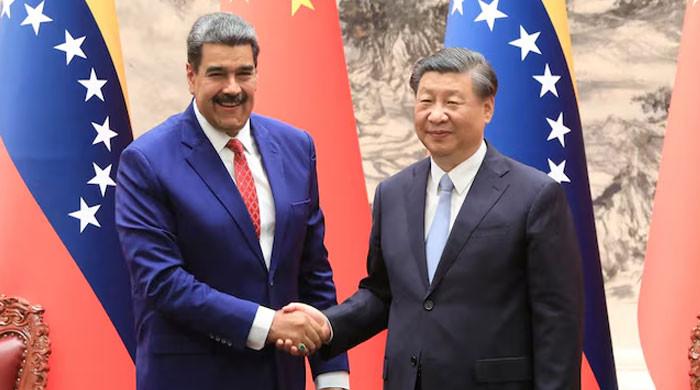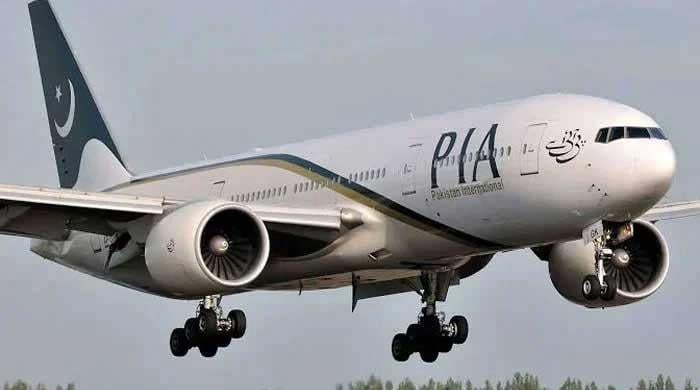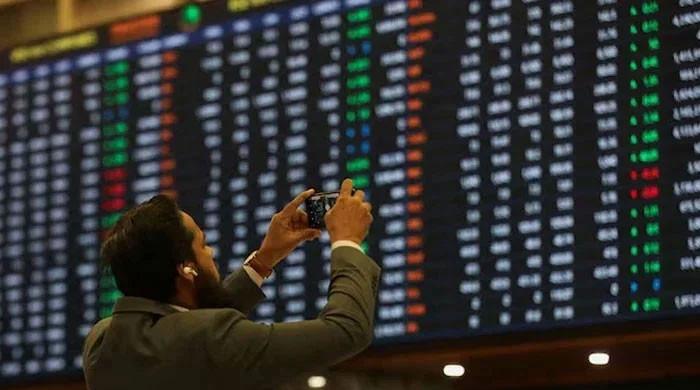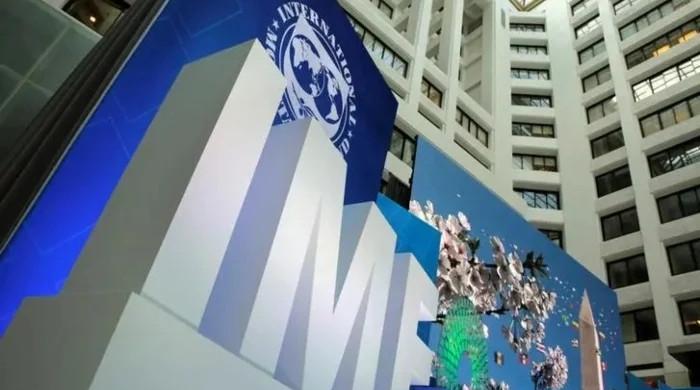CPEC's Special Economic Zones can help Pakistan exit the spiral of debt
Some estimates suggest SEZs are contributing around 23% in GDP and creating about 30 million jobs, which is no less than miracle
May 30, 2022
The Belt and Road Initiative (BRI) by China — which CPEC is a part of — has a lot of potentials to provide required economic stability and sustainability. The Special Economic Zones (SEZs) under CPEC, if implemented in letter and spirit, are key to progress.
Economically Pakistan is in a greater mess than ever before. Foreign direct investment (FDI), which is key to economic growth and development, is touching the lowest level one can imagine. The ever-increasing gap in exports and imports is another ill to be taken care of, as is the current account deficit. Security issues are popping up day by day. But the most crucial question is: how to tackle these economic issues?
One of the best options may be to revive the CPEC and its related SEZs. This was the best option pursued by the previous PML-N government. Subsequently, after the 2018 elections, there was apparently a lacklustre attitude on the part of the PTI government — allegedly ignoring the most important initiative that could possibly contribute a lot to economic progress and prowess. As the new coalition government led by the PML-N has now taken over and they seem to be quite serious concerning the economy, there is a serious and immediate need to pursue the SEZs initiative of CPEC.
Initially, there were about 29 SEZs; this was subsequently revised to 27 out of which only nine SEZs were prioritised as a first step, but those nine also could not properly take off. There is no progress at all, whatsoever, except in the economic zone and to some extent Rashakai. All others, including Dhabejee and Bolan SEZs, could not take off at all apparently due to a lack of interest by the last government.
If the present government, which has a lot of credibility in the eyes of the Chinese government and investors, goes all out for the revival of 27 SEZs – initially planning to implement an agenda for prioritising nine in the first five years, and then 10 SEZs in the next five years, with the last eight SEZs in the last phase of five years. There could be an estimated investment of about $350 billion by the Chinese government and investors in the next 15 years in Pakistan that could revive our economy in a big way. And it is badly needed to revive the economy.
The planning ministry has to chalk out a full-fledged plan and a policy document outlining packages providing special incentives and facilitation to Special Economic Zones to attract investment from China. What they need more than that are assurances from Pakistan to provide foolproof security to Chinese people, workers and management and their companies working in Pakistan. They also want assurances and timely payments of profits on their investments as well as repatriation of their profits, which is in fact a legitimate demand.
The Chinese model of economy has taught us to go all out for infrastructure development in the form of industrial clusters and economic zones to achieve big goals of economic development. Pakistan has learnt recently to follow this Chinese economic growth model and has started taking initiatives to develop Special Economic Zones (SEZs) in the backdrop of CPEC. The SEZ initiative is a step in the right direction towards the goal of a developed Pakistan.
The history of industrial clusters and special economic zones dates back to the 1950s starting from Ireland with a growing concept of modern SEZs in the 1970s onward mainly to attract FDI with export-led growth achieving economies of scale and job creation. One can imagine the speed of such growth from the fact that the number of SEZs has added up to about 1400 in a span of the last five years — jumping up from 4000 to 5400 SEZs right now in the world. Although the concept of SEZs has contributed a lot to the world economy, the Chinese experience has been amazing.
Chinese leader Deng Xiaoping in the late ‘70s and early ‘80s started implementing a new vision of economic growth through the modern concept of SEZs by opening its market to world investors bringing a lot of investment to the country. There are mainly seven famous SEZs namely Shenzhen, Zhuhai, Shantou, Xiamen, Hainan, Shanghai Pudong New Area and Tianjin Binhai New Area; China has also developed economic and technological development zones, free trade zones, export-processing zones and high-tech industrial development zones.
SEZs and other economic zones as mentioned above are contributing in a big way to the Chinese economy by attracting FDI, generating employment, upgrading skills, enhancing and diversifying exports as well as trade efficiencies. According to some estimates, the SEZs are contributing around 23% of GDP, and almost 60% to Chinese exports while attracting 45% of foreign direct investment and creating about 30 million jobs, which is no less than a miracle.
The SEZ model of economic growth is also popular in other parts and regions of the world; most such zones are found in African and Latin American countries. These zones are in the thousands. Countries like the US, Canada, Australia, New Zealand, and Eastern Europe have also developed their economic zones for growth and investment. The US has developed California Enterprise Zones, Maryland Enterprise Zones, New Jersey Urban Enterprise Zones and Michigan Neighbourhood Enterprise Zones. There are also some specialised zones developed by the US, which are substantially contributing to economic growth.
The same is the case in other countries of the world, especially developing countries or least developed countries in the African continent. Last but not the least, Bangladesh is another prime example of developing SEZs with impressive economic growth credited to such zones in the country.
It is believed that Pakistan may realise the dream of a developed Pakistan by implementing the SEZs initiative under CPEC by achieving roughly estimated GDP growth of about 8-9% annually for about two decades. Pakistan can get rid of all foreign loans and attached conditions, especially loans from IMF and World Bank in 20 years. Special incentives and facilitation to the SEZs can bring not only FDI but also export-led growth as well as employment, jobs and prosperity for the people of Pakistan, especially our unemployed youth. The SEZs can be a game-changer in the real sense of the word.
The writer is an economist.









